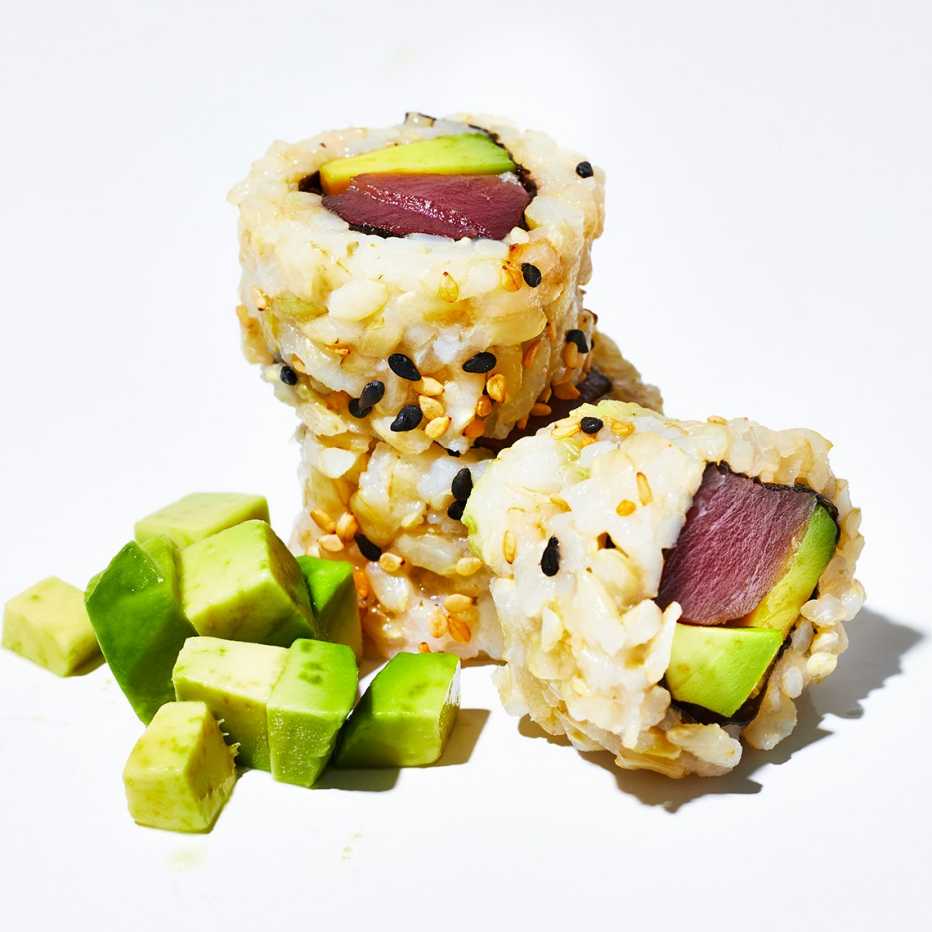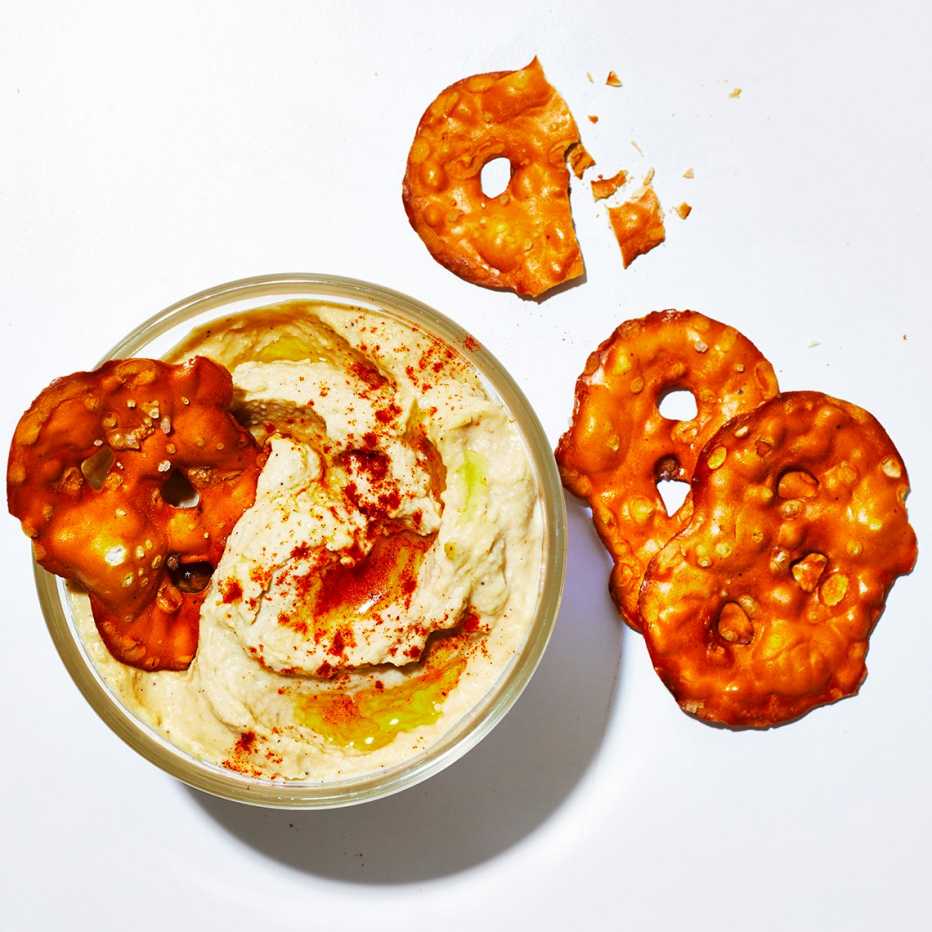Staying Fit


It was 1941. The National Academy of Sciences, tasked with helping out World War II food-relief efforts, issued a report that addressed this question: What nutrients, and in what amounts, do people need to be healthy?
The government's food experts weren't thinking about long-term health issues such as diabetes or heart disease. They were more concerned about an adequately fed population that was free from scurvy, rickets and other wartime diseases of malnutrition. And the numbers they landed on for protein, calories, six vitamins and two minerals were dubbed the recommended dietary allowances (RDAs). It may surprise you to learn that the RDAs are still driving dietary advice today. They underpin every nutritional label on every package in your pantry, and they're used to establish eating plans for everyone from schoolchildren to nursing home residents. And while, yes, the guidelines for preventing nutritional deficiencies and promoting health have been adjusted over the decades, they're still building toward long-term health goals like preventing chronic disease.


AARP Membership— $12 for your first year when you sign up for Automatic Renewal
Get instant access to members-only products and hundreds of discounts, a free second membership, and a subscription to AARP the Magazine.
"We know that certain nutrients are better in higher amounts,” says Katherine Tucker, director of the Center for Population Health at the University of Massachusetts Lowell. “It's not just about preventing deficiency diseases. It's about keeping our systems optimal as we age."
Although the past six months have sure had echoes of wartime deprivation — with depleted grocery shelves for certain items — Americans haven't been at any real risk of developing scurvy. With fall harvest season ahead, it's a good time to reassess what your body needs now, for maximum health in this decade and the decades to come.
To head off diabetes: Optimize your hormone balance
Insulin is critical to healthy aging. It's the hormone that moves sugar from your bloodstream into your muscle, fat and liver cells. But when your blood sugar is consistently high — which is often the result of a sweet and refined-carbohydrate diet — your muscle, fat and liver cells stop responding well to insulin. Doctors call this insulin resistance, and it explains why about 1 in 10 American adults have type 2 diabetes.


While losing weight is crucial to keeping your insulin responsive, so too is minimizing blood-sugar spikes. In addition to avoiding sweet and refined-carbohydrate foods, the way to stabilize blood sugar is by adding more fiber to your diet. One type of fiber to be aware of is insoluble fiber. It's the nondigestible kind; you might have referred to it as roughage. It passes through the upper gut undigested, to feed the good bacteria in the lower intestines. “These bacteria are little factories that produce chemicals that affect our hormone balance,” Tucker explains. The combo of roughage and good bacteria offers a double hit of diabetes protection: The roughage slows digestion (and blood sugar), while the bacteria help to improve your insulin sensitivity.
How much fiber is enough? The RDAs advise that women over 50 eat 21 grams a day; for men, the goal is 30 grams. And this is a case where the specific targets matter: National consumption surveys indicate that only about 5 percent of people consume their daily fiber quota, yet doing so can reduce your risk of developing type 2 diabetes by as much as 20 to 30 percent, according to a study published in the Journal of Nutrition. “Almost no adult eats enough fiber,” says Kathleen Niedert, a health care administrator, registered dietitian and author of Nutrition Care of the Older Adult. “And it's difficult to get what you need unless you start your day with bran cereal.”
To her point, 1/4 cup of bran delivers 6 grams of insoluble fiber — that's about 25 percent of your entire day's needs. Try sprinkling it over oatmeal or blending it into smoothies or casseroles. Generally speaking, fruits and vegetables are good sources of fiber, too. But to max your intake of the insoluble stuff, replace your refined grains and white bread with whole-grain everything. A cup of cooked white rice has about 0.6 grams of fiber; brown rice, however, has 3.5 grams, while barley delivers about 6 grams of mostly insoluble fiber.



































































More on health
Is Food as Healthy and Tasty as It Used to Be?
Coronavirus shortages prompt a foodie to reflect on 50 years of changeShould You Get More Protein?
Why the answer is probably yes — and smarter ways to get it6 Brilliant Diet Swaps
How to lose weight (and get healthier) by making a few smart trades